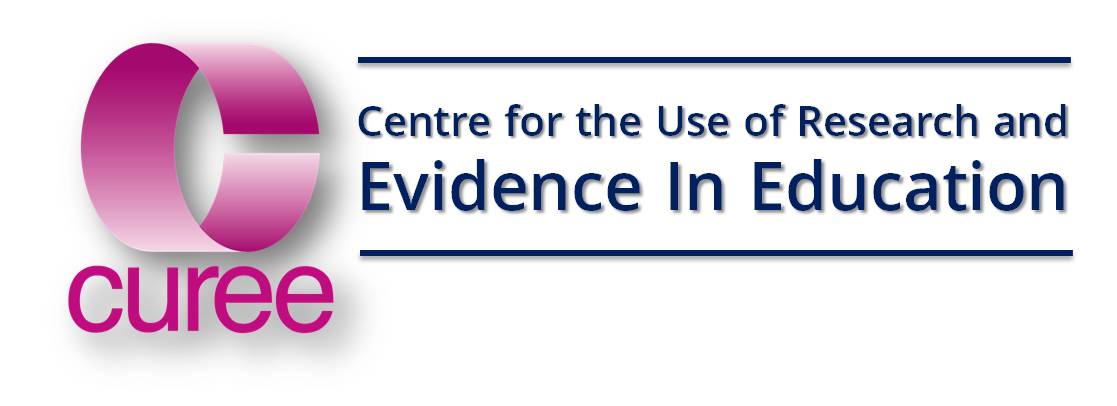The National Teacher Research Panel was set up about 15 years ago by CUREE supported by a group of national education agencies most of which no longer exist. It had three main goals:
- To ensure that all research in education takes account of the teacher perspective
- To ensure a higher profile for research and evidence informed practice in government, academic and practitioner communities
- To increase the number of teachers engaged in and with the full spectrum of research activity.
Over the several years of its existence, the Panel, supported by its expert advisers in CUREE, has helped and encouraged dozens of teachers and school leaders to do high quality but practical research. The Panel also helped them report their findings succinctly, in plain English and focused on relevance to other practitioners. This is one such example of that work.
Students' views on their learning can have much to tell us about effective teaching. For this TLA research summary we selected and summarised a richly detailed, three-year study of the teaching of mathematics, which takes account of the students' own perceptions of their learning experiences.The study examines in considerable depth approaches to mathematics in two English secondary schools that were using markedly different approaches to the teaching of mathematics. It was conducted in England between 1992 and 1995 and was first published in 1997. The author revised and expanded the original publication primarily to make it accessible to a United States audience.With the recent developments in the curriculum for 14-16 year olds in Key Stage 4, the study makes a relevant and useful contribution to our understanding of effective mathematics teaching.The study is: Boaler, J. Experiencing School Mathematics. New Jersey: Lawrence Erlbaum Associates, 2002 (revised edition). It reports findings on the effect of the different approaches to teaching mathematics on students' academic performance, their beliefs about the nature of 'school mathematics', their self-confidence in mathematics and their ability to use and apply mathematics in the real world. The study shows how specific characteristics of teaching affected boys and girls differently. It found evidence of inequity for students from different socioeconomic backgrounds. Most importantly, it uncovers the specific aspects of teaching which had the greatest impact (either positive or negative) on students' understanding.
File attachments:
Document section:
